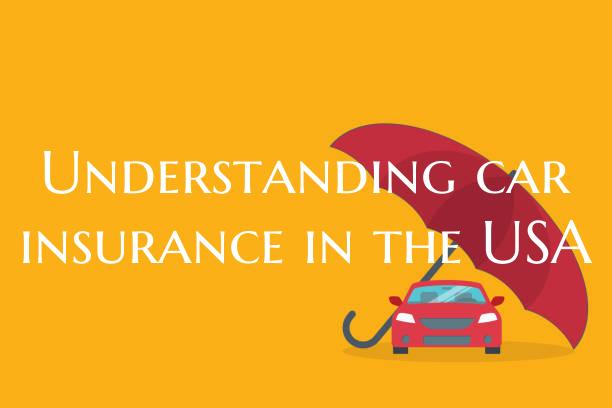Introduction: Car insurance is a crucial aspect of owning and operating a vehicle in the United States. Understanding the ins and outs of car insurance can help you make informed decisions to protect yourself, your vehicle, and others on the road. In this guide, we will break down the key components of car insurance in the USA to help you navigate the complexities of auto insurance coverage.
1. Types of Car Insurance Coverage: There are several types of car insurance coverage available in the USA: - Liability Insurance: This is the most basic type of car insurance that covers damage you cause to others and their property in an accident. - Collision Insurance: This coverage pays for damage to your vehicle in the event of a collision with another vehicle or object. - Comprehensive Insurance: This coverage protects your vehicle from non-collision related incidents such as theft, vandalism, or natural disasters. - Personal Injury Protection (PIP): PIP covers medical expenses for you and your passengers regardless of who is at fault in an accident. - Uninsured/Underinsured Motorist Coverage: This coverage protects you if you are involved in an accident with a driver who has insufficient or no insurance.
2. Factors Affecting Car Insurance Rates: Several factors influence how much you will pay for car insurance in the USA, including: - Driving Record: A clean driving record typically results in lower insurance premiums. - Age and Gender: Younger drivers and males tend to pay higher premiums. - Location: Insurance rates can vary based on where you live due to factors like crime rates and traffic congestion. - Type of Vehicle: The make and model of your vehicle can impact your insurance rates. - Coverage Limits and Deductibles: Higher coverage limits and lower deductibles usually result in higher premiums.
3. Shopping for Car Insurance: When shopping for car insurance in the USA, it is essential to: - Compare Quotes: Get quotes from multiple insurance providers to find the best coverage at the most competitive rates. - Consider Discounts: Many insurers offer discounts for factors such as good grades, safe driving habits, and bundling policies. - Review Policy Terms: Understand the terms and conditions of the policy, including coverage limits, deductibles, and exclusions.
4. Understanding State-Specific Requirements: Car insurance requirements vary by state in the USA. Make sure you are familiar with the minimum coverage requirements in your state to ensure you are adequately protected and compliant with the law.
Conclusion: Car insurance is a critical investment that provides financial protection in the event of an accident or unforeseen circumstance. By understanding the different types of coverage, factors affecting insurance rates, and state-specific requirements, you can make informed decisions to secure the right car insurance policy for your needs. Stay informed, compare options, and drive confidently knowing you have the coverage you need.

